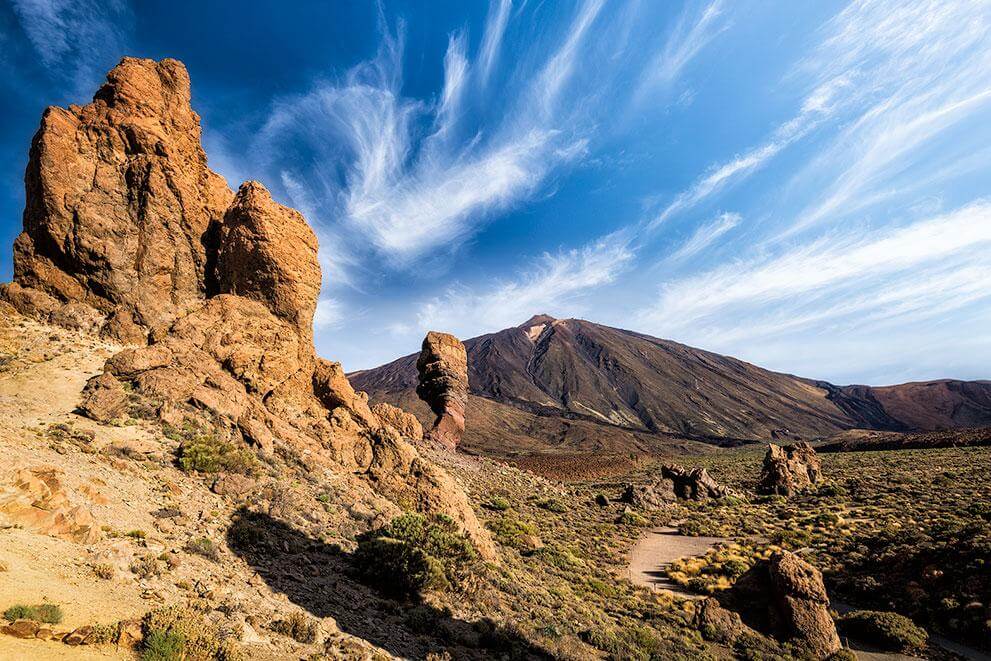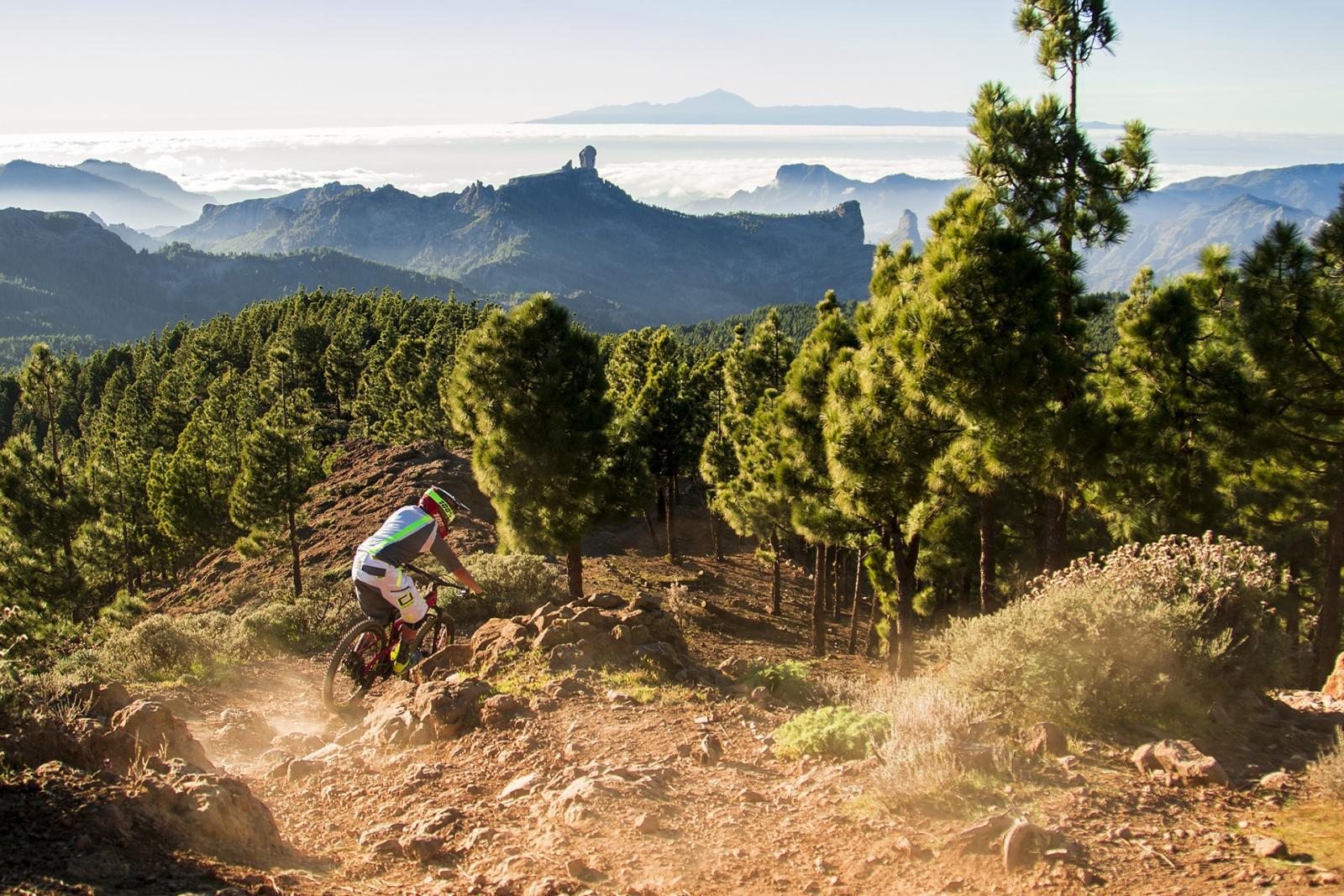Dr Alejandro de la Rosa has had a prestigious professional and research career. In 2018, he presented a pioneering study in which he observed the behaviour and recovery of athletes’ hearts in ultra-distance races, through a collaboration with the Tenerife trail competition known as the Tenerife Bluetrail. He is now Head of the Cardiology Service at Hospiten Rambla in Tenerife, Dr de la Rosa talked to us about the benefits of high-altitude training in the Canary Islands.

Training in hypoxia
Among the many reasons for choosing the Canaries as a training base are the excellent high-altitude training opportunities. A widespread practice among elite sportsmen and women, this type of training is often used to boost performance in endurance trials.
The Head of the Cardiology Service at Hospiten Rambla says that sport and continuous, intense physical exercise causes changes in people's hearts, and explains that athletes’ hearts become enlarged to adapt to the volume of blood they need to pump during the exertion of training.
“These athletes train in hypoxia, which means that more red blood cells are produced when they go up in altitude, as the partial pressure of oxygen decreases, which makes the heart adapt a little differently,” he says.
With hypoxic training, the partial pressure of oxygen decreases, which makes the heart adapt a little differently.
Stronger, increased tolerance to fatigue and a shorter workout recovery time
The highest islands in the Canaries, such as Tenerife, La Palma and Gran Canaria are best for this type of work. When training at high altitudes with a less oxygen, the lungs and heart start increasing ventilation and heart rate to adapt to the altitude.
Therefore, the main benefits of altitude training for athletes include increased endurance, more consistent power, increased tolerance to fatigue and faster recovery from hard training and competitions.
Noticeable benefits after two weeks
De la Rosa says that athletes who do high-altitude training start noticing the difference after two weeks,and says that the Canary Islands are the ideal place for both high-altitude and sea-level training. “We have a perfect climate. Elite athletes like cyclists and triathletes choose this destination to train for the winter pre-season when their own countries are freezing”.
“Add to all this that they can train at 2,000 or 3,000 metres on trails, forests and roads, and it’s fair to say that the Canaries are paradise for any athlete,” he concludes.

The Canary Islands, the destination of choice for elite athletes
The volcanic origin of the Canary Islands, the result of their volcanic origin, means that you can go from sea level to an altitude of more than 1,800 metres very quickly. In fact, moderate altitudes on the archipelago are regular training destinations for sportsmen like Jordi Llopart, Olympic runner-up in the 50 km walk at the Moscow Olympic Games (1980), who visited the Teide on several occasions for his training sessions. Renowned cyclists such as Chris Froome, Primož Roglič, Alberto Contador and Vincenzo Nibali have all stayed at the Parador de las Cañadas del Teide to train for the Tour de France.
It’s no coincidence that major sporting competitions like the Transvulcania, the Transgrancanaria and the Tenerife Bluetrail are held in the Canary Islands. These types of mountain races, particularly the toughest ones, require constant training and thorough preparation to ensure that the body is used to making huge efforts and the stress and strain of performing at high altitudes.
These are extreme conditions, only recommended for super-fit sportsmen and women who come to train to the max in the Canary Islands.



